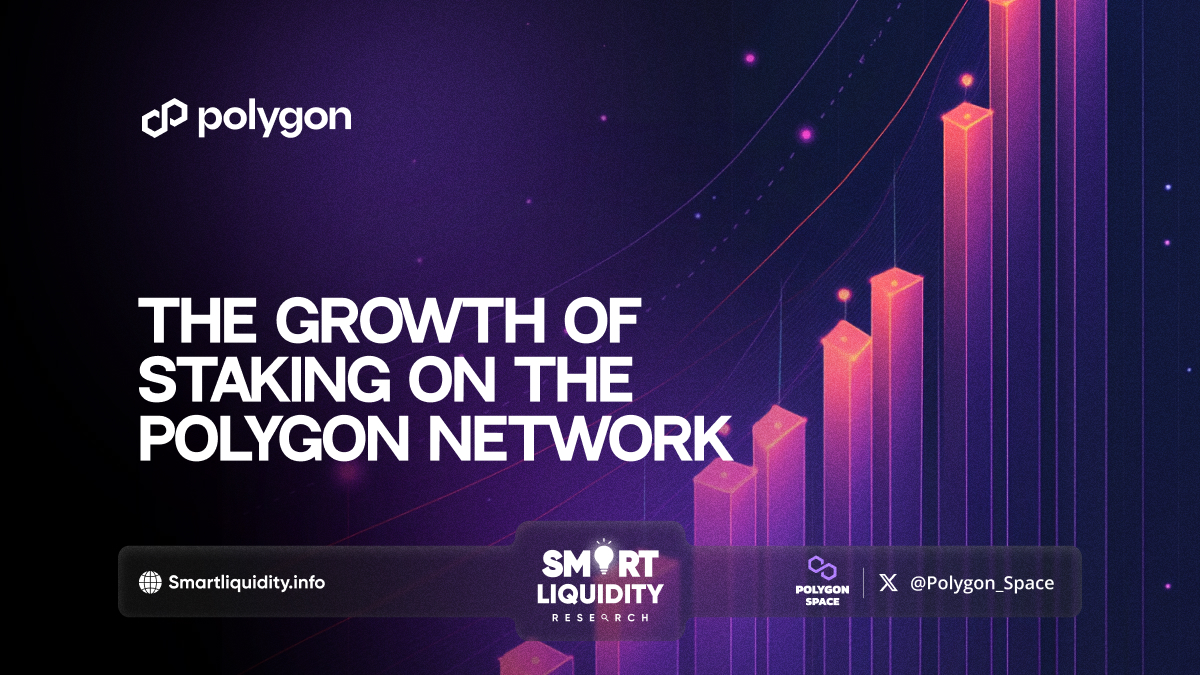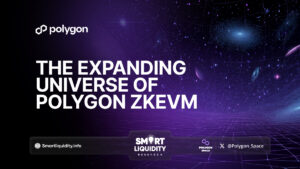The Growth of Staking on the Polygon Network


In recent years, the Polygon network has emerged as a significant player in the blockchain ecosystem, particularly due to its efficient layer-2 scaling solutions.
As decentralized finance (DeFi) continues to evolve, staking on the Polygon network has gained considerable traction. This growth can be attributed to several factors, which collectively enhance user experience and network security.
First and foremost, Polygon’s low transaction fees make staking accessible to a broader audience. In contrast to other networks, where high gas fees can deter participation, Polygon enables users to stake their assets without incurring prohibitive costs. Consequently, this affordability has encouraged many new participants to engage with the platform.
Furthermore, the variety of staking options available on Polygon is noteworthy. Users can stake various assets, including MATIC, the native token of the network. This diversity not only appeals to different investor profiles but also fosters a more vibrant staking ecosystem. In addition, the increasing number of decentralized applications (dApps) built on Polygon provides users with multiple avenues to earn rewards.
Moreover, the introduction of innovative staking mechanisms has further accelerated growth. For instance, liquidity staking allows users to earn yields while maintaining liquidity in their assets. This dual benefit has attracted a significant influx of users looking to maximize their returns.
Additionally, the community-driven nature of Polygon has played a pivotal role. As more users engage in staking, the network becomes more secure and robust. This self-reinforcing cycle creates a positive feedback loop, enhancing the overall stability and appeal of the platform.
In summary, the growth of staking on the Polygon network is driven by low fees, diverse options, innovative mechanisms, and a strong community. As these elements continue to evolve, the future of staking on Polygon looks promising, positioning it as a cornerstone of the DeFi landscape.




